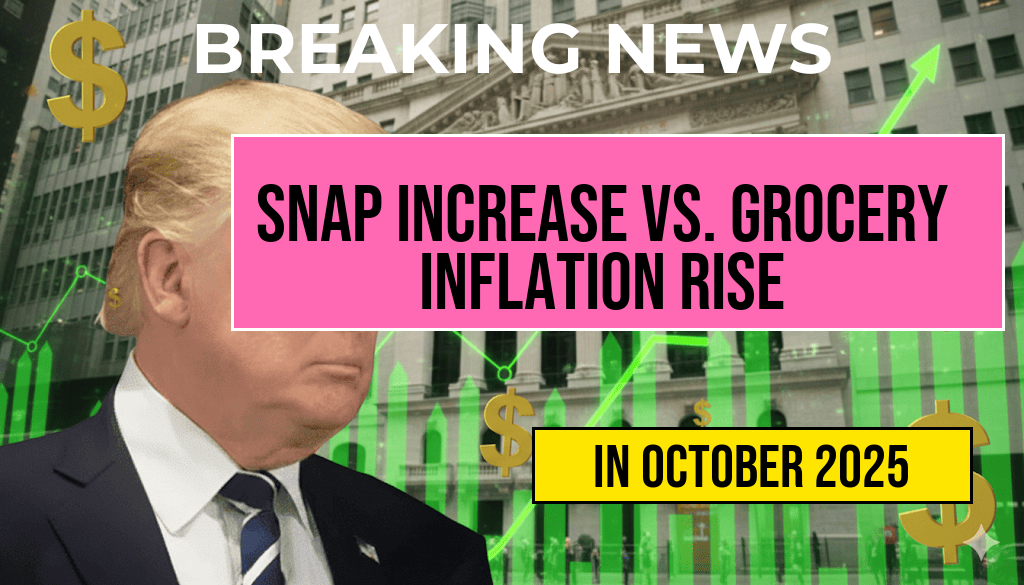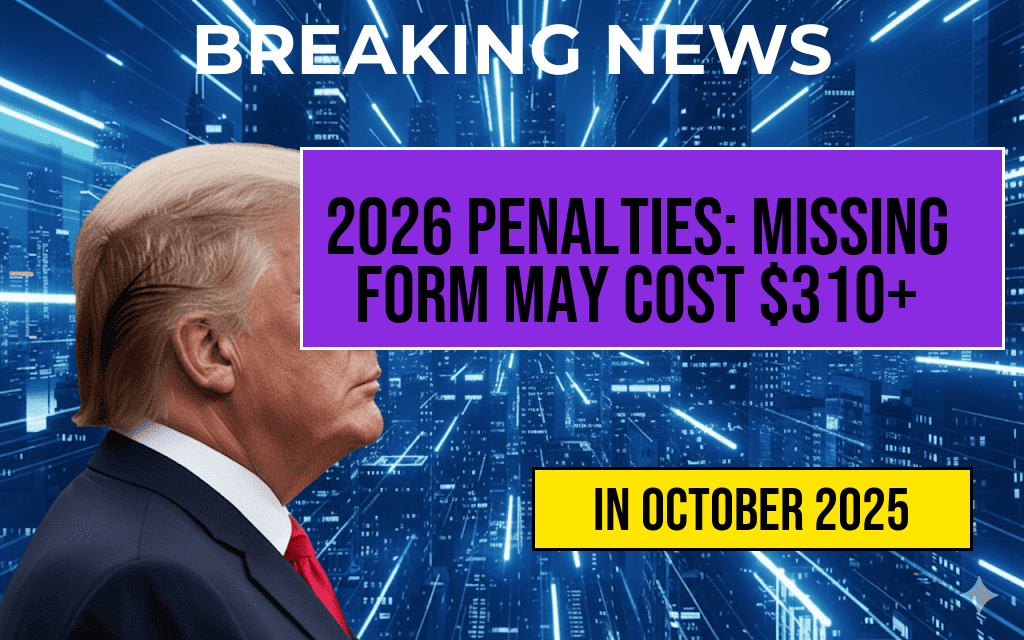A recent proposal aimed at tax reform has emerged in the early stages of the legislative session, introducing a plan that could significantly impact workers in the service and labor sectors. The proposal suggests eliminating taxes on overtime pay and tips, a move that proponents argue could bolster the incomes of millions of Americans. This initiative is drawing attention for its potential to enhance take-home pay for employees who often rely on tips and overtime earnings, particularly in industries such as hospitality, retail, and healthcare. As discussions unfold, stakeholders are weighing the potential benefits and drawbacks of this early refund proposal, with a focus on who stands to gain the most from these tax changes.
Understanding the Proposal
The core of the proposal is straightforward: workers would no longer be taxed on their overtime earnings and tips. This could translate into substantial financial relief for employees who often find themselves working extra hours or depending on gratuities to supplement their income. The proposal has garnered attention from various sectors, particularly those that traditionally operate on tip-based compensation models.
Who Would Benefit?
- Service Industry Workers: Employees in restaurants, bars, and salons rely heavily on tips. Eliminating taxes on these earnings could lead to a more significant financial cushion.
- Healthcare Professionals: Many healthcare workers, including nurses and paramedics, frequently work overtime. This proposal could provide them with much-needed financial support.
- Retail Employees: With the rise of e-commerce and fluctuating hours, retail workers often find themselves working overtime during peak seasons. Tax relief could enhance their earnings.
Economic Implications
While the proposal has the potential to increase disposable income for a significant portion of the workforce, there are broader economic implications to consider. Some economists argue that eliminating taxes on overtime and tips may lead to increased consumer spending, which could stimulate local economies. Others caution that such a tax structure might reduce government revenue, impacting public services and infrastructure funding.
Potential Drawbacks
- Loss of Revenue: Critics argue that reducing tax revenue could hinder funding for essential services such as education and public safety.
- Administrative Challenges: Implementing a new tax structure could pose challenges for the IRS and state tax agencies, complicating compliance and enforcement.
- Equity Concerns: Some worry that this proposal may disproportionately benefit higher-income earners who tend to work more overtime hours or receive higher tips.
Legislative Landscape
The proposal is being championed by several lawmakers who aim to advance it through Congress. As it stands, the proposal is in its early stages, and various committees will need to review its implications before it can be voted on. Key stakeholders, including labor unions and business groups, are voicing their opinions, leading to a vibrant debate over the merits of the tax changes.
Public Reaction and Support
Public response to the proposal has been mixed. Many workers express optimism about the prospect of increased take-home pay, particularly in a time when inflation continues to strain household budgets. Advocacy groups are mobilizing to support the bill, highlighting the potential for improved living standards among low- and middle-income workers.
However, some citizens remain skeptical, questioning whether the proposal is a sustainable solution to systemic wage issues. There is also concern that the elimination of taxes may lead employers to reduce wages or tip percentages, counteracting the intended benefits.
Next Steps in the Legislative Process
As lawmakers consider the proposal, discussions will likely center around potential amendments, including the introduction of safeguards to ensure that the benefits of tax relief reach the intended recipients. Transparency in how businesses handle tips and overtime pay may also come under scrutiny.
Conclusion
The early refund proposal to eliminate taxes on overtime and tips presents a complex challenge for lawmakers and stakeholders. With potential benefits for millions of workers, the plan could reshape the economic landscape significantly. However, careful consideration of its broader implications will be crucial as the legislative process unfolds.
| Sector | Potential Impact |
|---|---|
| Service Industry | Increased earnings from tips |
| Healthcare | Higher take-home pay for overtime work |
| Retail | Boosted income during peak hours |
For those interested in further exploring the implications of this proposal, more information can be found on reputable sources such as Forbes and Wikipedia.
Frequently Asked Questions
What is the early refund proposal about?
The early refund proposal aims to eliminate taxes on overtime and tips, allowing eligible workers to receive their earnings without the burden of taxation. This initiative is designed to provide financial relief and support to those who earn overtime pay or receive tips.
Who stands to benefit from the $0 tax on overtime and tips?
The primary beneficiaries of the $0 tax on overtime and tips will be workers in industries where these earnings are common, such as hospitality and service sectors. Employees who regularly work overtime or rely on tips for a significant portion of their income will see the most substantial financial advantages.
How will the proposal impact workers’ take-home pay?
If the early refund proposal is implemented, workers will experience an increase in their take-home pay, as they will no longer have to pay taxes on their overtime earnings and tips. This change has the potential to significantly enhance their overall financial situation.
Are there any potential drawbacks to this proposal?
While the zero tax on overtime and tips may provide immediate financial benefits, there are concerns about the long-term implications for tax revenue and funding for public services. Critics argue that the proposal could strain government budgets and lead to reductions in essential services.
How can workers take advantage of this proposal?
Workers should stay informed about the early refund proposal and ensure they understand the eligibility criteria. By being proactive and communicating with their employers, they can maximize their benefits from the absence of taxes on overtime and tips.








